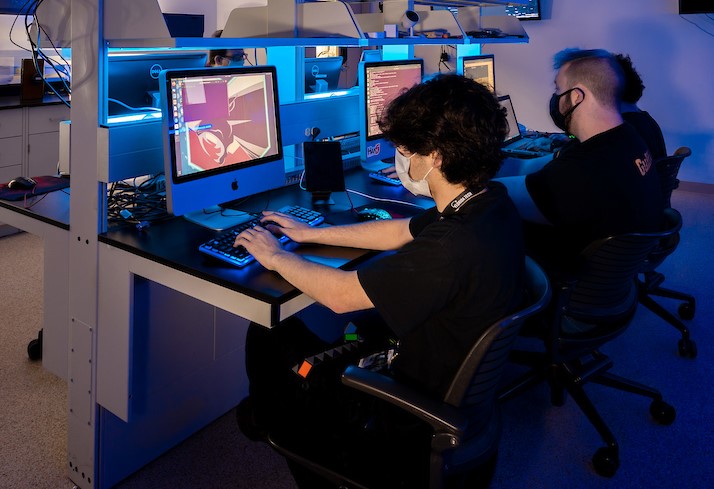Document Type
Conference Proceeding
Publication Title
Proceedings of SPIE - the International Society for Optical Engineering
Abstract
Underground objects are by nature often severely obscured although the general character of the intervening random media may be reasonably understood. The task of detecting these underground objects also implies that their exact location and or orientation is not known. To partially counter these difficulties, one may; however, be given a model of the target of interest, e.g. a particular tank type, a water pipe, etc. To set up a quality framework for solution of the above problem, this paper utilizes the paradigm of Bayesian decision theory that promises minimum error detection given that certain probability density functions can be found. Within this framework, mathematical techniques are shown to handle the uncertainties of target location and orientation, many of the random obscuration problems, and how to make best use of the target model. The approach taken can also be applied to other synergistic cases such as seeing through obscuring vegetation.
First Page
137
Last Page
144
DOI
10.1117/12.160335
Publication Date
11-15-1993
Recommended Citation
Cofer, R. H. (1993). Obscured object detection via bayesian target modeling techniques. Paper presented at the Proceedings of SPIE - the International Society for Optical Engineering, , 1942 137-144.


